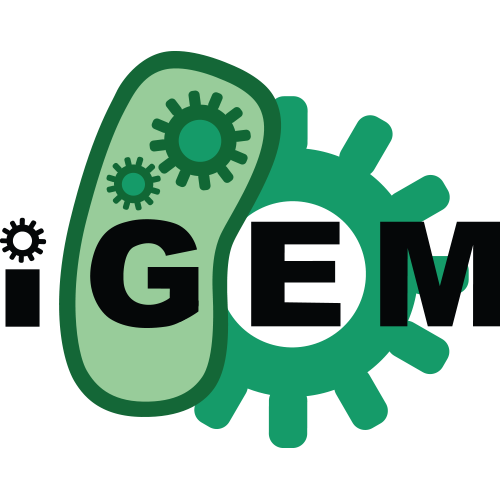Source:
Generated By: https://synbiohub.org/public/igem/igem2sbol/1
Created by: Ricardo Camilo Ch??vez Mart??nez
Date created: 2016-10-13 11:00:00
Date modified: 2016-10-17 11:02:37
weLOV1 fluorescent protein Phytobrick
| Types | DnaRegion |
| Roles | engineered_region Reporter |
| Sequences | BBa_K1968022_sequence (Version 1) |
Description
weLOV1 codes for the same protein sequence as iLOV (BBa_K660004) but holds a different codon optimization than its predecesor. iLOV is a modified LOV2 domain from a blue light receptor phototropin (Briggs et al. 2007) with a reported excitation peak around 476nm and a measurable emission range between 510 and 550 nm.Coding sequences can sometimes be troublesome to work with, especially if these are not codon optimized for the selected organism. Since the team was going to work with four different organisms (E. coli, Rhodococcus justt, Penicillium roqueforti, Synechocystis sp. PCC6803) as an alternative to synthesizing the optimized version for each organism a different approach was discussed and implemented.
By trying to design a sequence based on all four codon preference tables, one could hypothetically generate a sequence able to express well in all four hosts. Perhaps this might not be the most ideal sequence, but, one that could potentially help avoid some DNA synthesis costs.
Two sequences were predicted under different algorithms: weLOV1 (BBa_K1968022) and weLOV2 (BBa_K1968023).
The algorithm for the first one was as follows:
Parting from the first aminoacid, the ideal codon was decided by 1) Obtaining the abundances for the respective coding codons in all four organisms. 2) Calculating the Euclidean distance between those abundances. 3) The codon with the minimum distance between abundance would then be selected as the appropriate triplet. This was done for all aminoacids from the iLOV protein. In an effort to mitigate selecting codons that not only had the smallest Euclidean distance between abundances, but also a low abundance; values with higher abundance were preferred.
iLOV was selected because of its many advantages that could make it a better option than the most widely used green fluorescent protein. Its gene size is only 336 base pairs; most of the other fluorescent proteins available are at least twice as big. Its size, its reported superior photostability as well as its ability to fluoresce under anaerobic conditions make it an interesting reporter to be used across multiple organisms (Christie et al. 2012).
Briggs, W.R. et al., 2007. Phototropins and Their LOV Domains: Versatile Plant Blue-Light Receptors. Journal of Integrative Plant Biology, 49(1), pp.4???10.
Christie, J.M. et al., 2012. Structural Tuning of the Fluorescent Protein iLOV for Improved Photostability. Journal of Biological Chemistry, 287(26)
Notes
Coding sequences can sometimes be troublesome to work with, especially if these are not codon optimized for the selected organism. Since the team was going to work with four different organisms (E. coli, Rhodococcus justt, Penicillium roqueforti, Synechocystis sp. PCC6803) as an alternative to synthesizing the optimized version for each organism a different approach was discussed and implemented.Designed under the Phytobrick standard.
Source
Based ont he ilov sequence from BBa_K660004.| Sequence Annotation | Location | Component / Role(s) |
| Phytobrick Adapter Site C weLOV1 Phytobrick Adapter Site D | 1,4 2,337 338,341 | feature/misc sequence_feature feature/cds CDS sequence_feature feature/misc |
